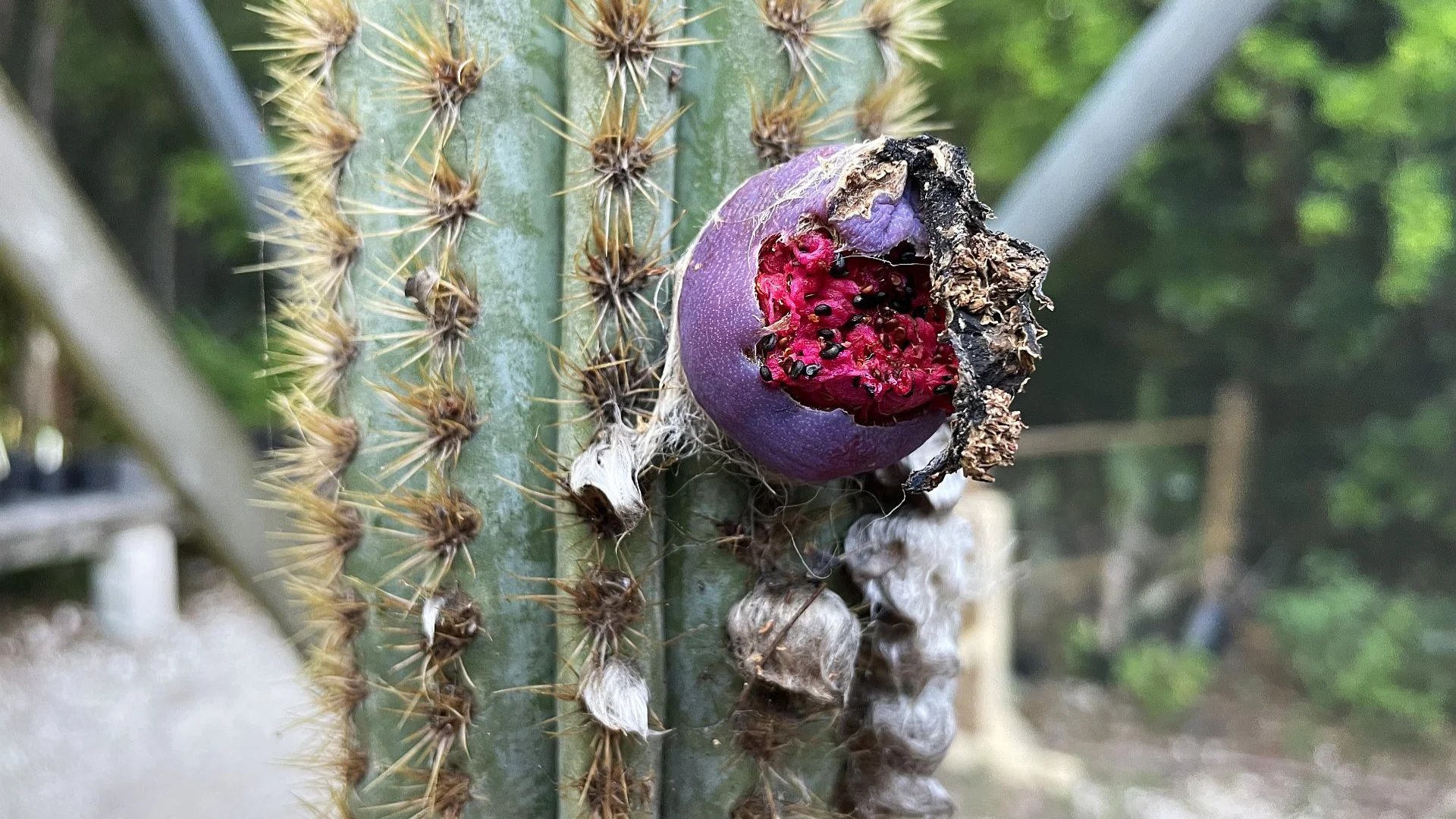
U.S. documents first local extinction due to sea level rise
Several factors have led to the plant's decline.
A species in the United States has officially died off in the wild, making it the first local extinction due to rising sea levels.
The Key Largo tree cactus was discovered in 1992, and in the United States, it was only found in the Florida Keys.
By 2021, saltwater intrusion from rising water levels, hurricanes, high tides, and mammals using the plant as a food source reduced a once-plentiful population to just six fragments, which were salvaged and taken offsite to ensure survival. The cactus lived on a limestone outcrop eroded by storm surge and high tide, severe damage caused by Hurricane Irma in 2017, and extended floods in 2019.
"Unfortunately, the Key Largo tree cactus may be a bellwether for how other low-lying coastal plants will respond to climate change," Jennifer Possley, director of regional conservation at Fairchild Tropical Botanic Garden and lead author of the study, said in a statement.
The cactus was listed as federally endangered in 1984, but the status did not stop its decline. Between 1994 and 2007, the population shrank by 84 per cent.
Researchers hope to eventually re-plant it in the wild, but suitable natural environments are disappearing.
While now extinct in the US, the cactus still grows in the wild in parts of the Caribbean, including Cuba and the Bahamas.
"We are on the front lines of biodiversity loss," study co-author George Gann, executive director for the Institute for Regional Conservation, said in a statement.
"Our research in South Florida over the past 25 years shows that more than one-in-four native plant species are critically threatened with regional extinction or are already extirpated due to habitat loss, over collecting, invasive species and other drivers of degradation. More than 50 are already gone, including four global extinctions."











